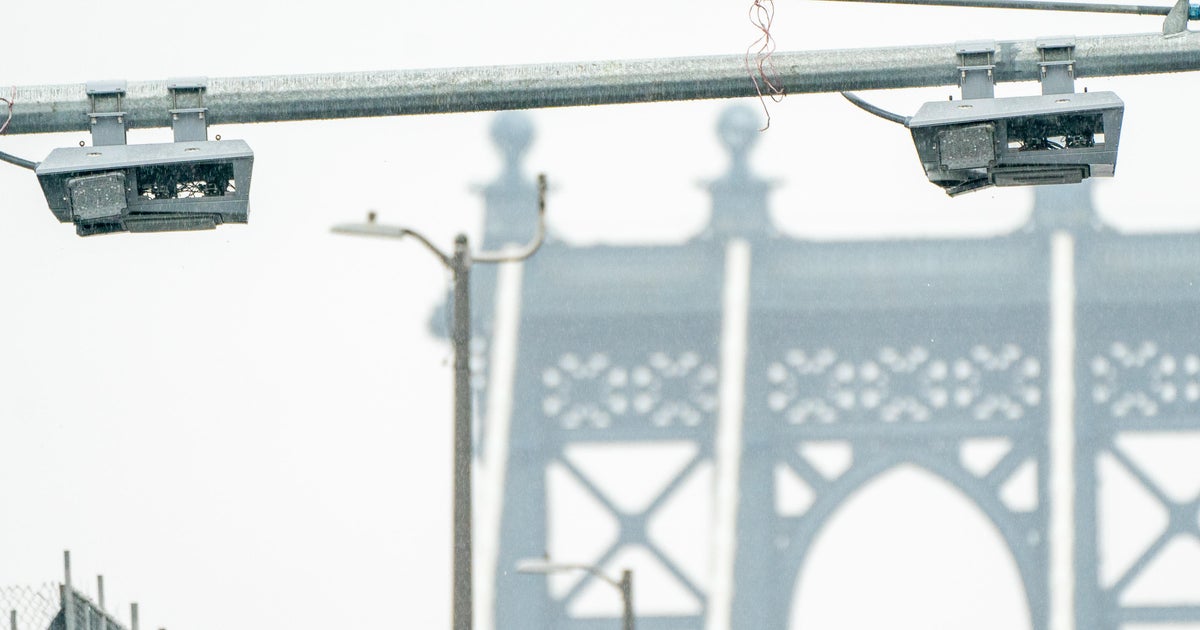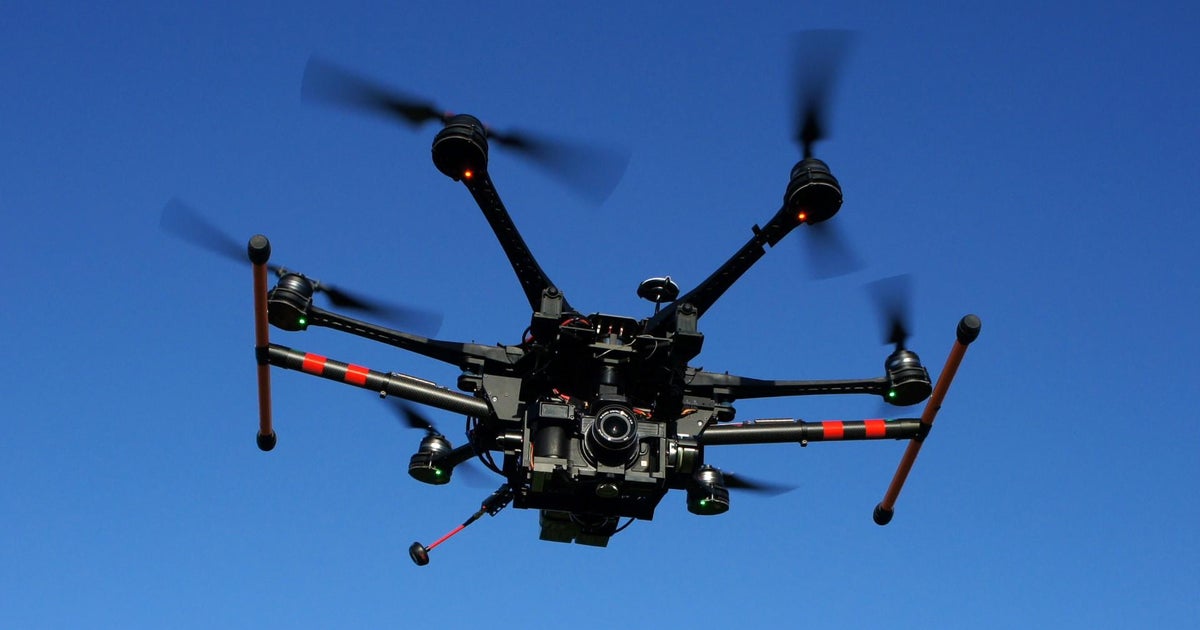Federal Officials Release More Details On NC Crash Of NYC-Bound Amtrak Train
RALEIGH, N.C. (CBSNewYork/AP) -- A stretch of North Carolina railroad reopened early Tuesday after it was cleared of equipment damaged when a passenger train bound for New York smashed into a truck the previous day, federal transportation officials said.
Federal officials also shed further light on the events that led to the crash that injured the conductor and at least 54 passengers. Eyewitnesses saw the truck and trailer occupy the crossing for 15 to 20 minutes, officials said. The state highway patrol, which had at least one trooper accompanying the oversized load, had said it spent about five minutes trying to negotiate the railroad crossing.
The force of the collision caused the first two cars of the train to derail.
Kevin Thompson, associate administrator of the Federal Railroad Administration, said that equipment from the Amtrak train had been moved and the track in the town of Halifax reopened around 2:30 a.m. The owner of the track, CSX, is making repairs to safety equipment at the crossing. Most people who were treated at hospitals have been released.
Monday's collision was the third serious train crash in less than two months. Crashes in Valhalla, New York, and California in February killed a total of seven people and injured 30. The Federal Railroad Administration, which is leading the crash investigation, is continuing to interview witnesses and review onboard recorders from the train in the North Carolina crash.
The oversized flatbed trailer involved in Monday's crash was transporting a modular building loaded with electrical equipment -- what troopers described as "an electrical distribution center" -- from Clayton, North Carolina, to New Jersey, said Lt. Jeff Gordon, a spokesman for the North Carolina State Highway Patrol.
One of the troopers escorting the truck was trying to help the driver negotiate a difficult left-hand turn across the tracks onto a two-lane highway, Gordon said. But the 164-foot tractor-trailer combination, longer than half a football field, couldn't navigate it, he said.
Gordon said the truck driver had to reposition his trailer and back up to attempt the turn a second time by making a wider swing through the intersection.
The northbound train originated in Charlotte, North Carolina, and was headed for Penn Station. As it approached, it set off warning flashers and the crossing arms came down as the truck was still straddling the tracks, Gordon said. The train hit shortly afterward, about noon, he said. He said traffic backed up behind the truck prevented it from backing off the tracks.
"I saw him jump out of the truck when he knew he couldn't beat it. ... I heard the train noise and thought, 'Oh, my God, it's going to happen,'" said eyewitness Leslie Cipriani, who used her cellphone to shoot video of the crash.
The truck driver, identified as John Devin Black, was not injured. Authorities identified the train conductor as Keenan Talley, of Raleigh. He was among the injured, but his condition wasn't known.
"There was a massive jerk and we were kind of thrown forward a little bit, and the train came to a sudden stop," Charlotte Story, who was on the seventh car of the train, told CBS affiliate WRAL. "I couldn't tell you if it was trying to slow down or not. There was no whistle. It came completely out of the blue."
Gordon said the tractor-trailer is owned by Guy M. Turner Inc. of Greensboro. A statement on the company's website, later removed, said the company's thoughts and prayers were with the injured. The company did not respond to an email requesting comment.
Hours after the crash, about a dozen of the train's 212 passengers began boarding a bus to Richmond, Virginia, where they had the option of getting on another train.
"We're just thankful that we're still alive. It could have been really worse. God was really with us," said Lisa Carson, 50, of Philadelphia.
Steve Ditmeyer, a former Federal Railroad Administration official who teaches railway management at Michigan State University, looked at the crossing on Google Maps and said the curve of the railroad heading toward the intersection would have made it hard for the engineer to see up ahead, or for the truck driver to see down the track. Furthermore, the tracks don't cross the road at a 90-degree angle.
"This is also known as a bad geometry crossing," he said.
(TM and © Copyright 2015 CBS Radio Inc. and its relevant subsidiaries. CBS RADIO and EYE Logo TM and Copyright 2015 CBS Broadcasting Inc. Used under license. All Rights Reserved. This material may not be published, broadcast, rewritten, or redistributed. The Associated Press contributed to this report.)



